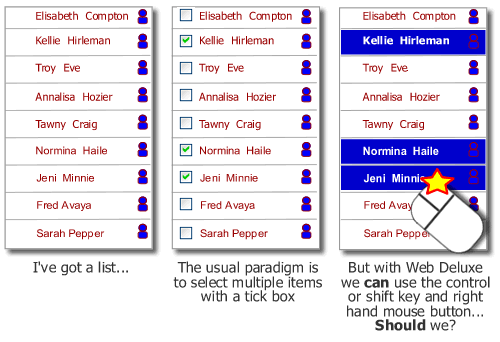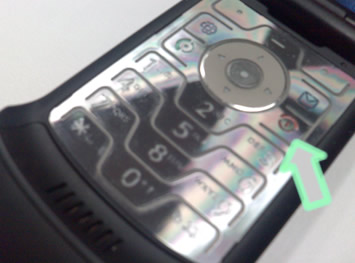“For you who have had the experience, no explanation is necessary. For you who have not, none is possible.”
I’m going to attribute that saying to Ram Dass, a Harvard professor who via psychedelic experiences ended up a spiritual teacher in the Eastern Tradition.
The problem with too much software/web design is that it is produced by people who have just not had the experience, or do not see the experience as relevant to their organisation or domain. They just don’t “get it”.
(“For you who have an apple product, no explanation is necessary, for you who have not, none is possible?” Cue “it’s an enterprise application we’re buiding, not a ****ing iPhone”).
If we want to build memorable and compelling products, we need to focus upon the experience. To dwell on the feature list or functional requirements is to build mediocrity. Nothing wrong with mediocrity if you don’t want to delight your customers or increase the performance of your workforce. Without considering experience you will miss innovation and added value.
So how to focus upon experience? Get your team to undertake different tasks to get under the skin of what customers go through.
Telco product?
Spend time in a retail outlet and watch different customers buy phones
Go into all the phone shops on the high street and ask the rep “hello, I want a mobile phone”. Suspend all your knowledge about phones and tariffs. How do they sell?
Leave your blackberry at home for a day (how dies it feel? How does it change what you do?)
Download instruction manuals from different phones from manufacturers websites
Travel product?
Go into a travel agents and ask for a holiday “somewhere hot and cheap in February”
Credit card product?
Ask to borrow money from someone you don’t know (how does it feel?)
Apply for a credit card at another bank
Collect all the Credit Card / loan direct mail and emails that you and you get sent over a week, photo / scan all the credit card advertisements you see in a week
Go into a car sales room and look to buy a car on credit
Supermarket product?
Get behind the till for a day (In the UK, at least a few years ago, all senior executives in both Tesco and Sainsburys spent time in the stores over the Christmas period)
Ask a shop assistant to help you find an obscure product that is not in stock
Go into a store with a shopping list and a single bank note, (no credit cards)
Go to the pharmacy when it is busy and ask to buy the morning after pill
Extend your team
Bring in representatives from completely unrelated parts of the business to participate in brainstorming sessions. Building a “youth” social networking website? Get someone from legal or corporate finance to join in. (Get’s you thinking along the lines of extreme characters – here and here [pdf]). Working on a complex exotic financial instruments? Get a few PAs to join in. You may learn something (that your product is too complicated and even you can’t explain what it really is).
I’m sure you can come up with better exercises. The object is that with this collection of experiences and related emotions new ideas can be brought to the table. They can offer insights from another, different perspective, providing more chance of business innovation being realised. More importantly, if you have an emotional attachment to the product you are building through real experience, you are more likely to build a better product that will fullfil the needs of and goals of the target audience in the way they want. The day your enterprise application team all have iPhones will be the day you start building better enterprise applications. For them, no explanation will be necessary. They’ll just “get it”.

